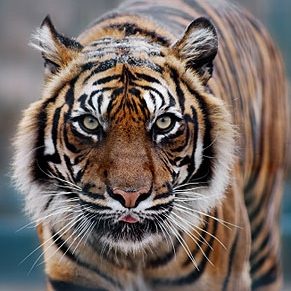
For an animal to be good candidate for domestication, it should have the following six qualities: a flexible diet; a fast growth rate; an ability to breed in captivity; a pleasant disposition; a calm temperament; and a social hierarchy that humans can dominate. These qualities help ensure that the animals aren’t dangerous to be around, that we can control their breeding, that they won’t run away, and that they’ll respect humans as their bosses.
Here are just 10 failed attempts to tame the untamable.
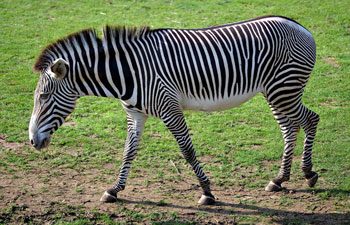
1. Zebra
When the first Europeans went to Africa and saw herds of zebras, a little light bulb went off. The animals looked like horses and behaved like horses, so why couldn’t they be tamed and ridden like horses? Even better, because they were native to the continent, zebras would be immune to many of the diseases and pests that had been plaguing the colonizers’ horses.
As it turns out, zebras are actually quite different from their non-striped counterparts. Their temperament is much more hostile, and they tend to freak out under stress, making them bad candidates for domestication. A few adventuresome Europeans managed to tame one or two of the animals in the 1800s, but large-scale domestication was never meant to be.
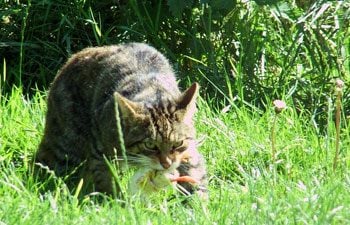
2. Scottish Wild Cat
This little kitten might look like the adorable pet you have at home, but make no mistake; this cat is as wild as they come. These Scottish natives are actually the largest land predators left in Britain. Despite the success humans have had in domesticating the Scottish Wild Cat’s relatives, this cat remains singularly untamable-they are known to fight to the death rather than submit. Even those cats that have been captured at a young age and raised in captivity refuse to accept human domination. Pound for pound, these cats are as powerful as any other on the planet.
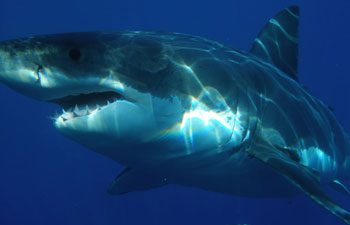
3. Shark
It may come as a shock, but there have been many attempts to domesticate nature’s perfect killing machine. Sharks are much sought after for both their fins and their flesh, and since many wild shark populations are being fished to the point of extinction, farming them seemed like the ideal solution.
People have had some success domesticating the smaller aquarium-sized animals, but the big ones-the Leopard Shark and Great White Shark-still elude our grasp. Sharks lack almost all of the qualifications for domestication. They’re nasty. They’re large, and if they get a hint of blood they become ravenous. And not only do they not breed well in captivity, they rarely survive very long once caught. The record for keeping a Great White Shark in captivity is 198 days. All of these factors combined make sharks extremely untamable.
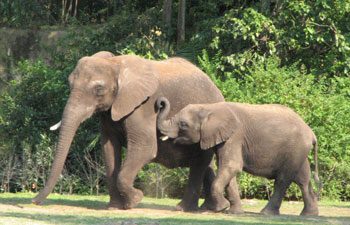
4. Elephant
We’ve all seen videos of friendly cohabitation between these gentle giants and humans: elephants moving logs, carrying people around, and generally appearing perfectly tame. So why haven’t we domesticated them already? There are two very good reasons.
The first is the prolonged growth cycle of the elephant. The gestation of an elephant calf is 22 months. A female elephant isn’t ready to breed until she’s 13 years old, and when she does breed, she only produces one calf at a time. This lengthy reproductive cycle means that it’s very difficult for humans to intervene if they’re trying to encourage a certain trait when breeding, and makes it much more profitable and practical to capture wild elephants and train them.
The other reason that elephants haven’t been domesticated is “musth.” Musth, Hindi for “madness,” is a phase that male elephants go through periodically. When in musth, the male bulls become aggressive and violent. Combined with their size, this period of madness makes elephants a danger to those trying to handling them. So despite their normally friendly demeanour and their ready cooperation with handlers, elephants are decidedly unsuitable for domestication.
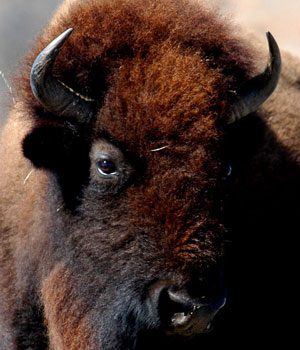
5. Wild American Buffalo or Bison
These proud animals once roamed all over North America. Characterized by their long, shaggy coats, bison stood as a symbol of the American plains and their indomitable spirit. Indomitable indeed.
These animals are large, moody, and difficult to handle. For ages farmers attempted to ranch bison in the same manner that they had cows, but to no avail. While some bison are kept in large range-like farms, they are not what you would call “domesticated.” To get around the problems of the animals’ size and temperament, most ranchers have taken to raising a hybrid of bison and regular cattle, the “Beefalo,” which combines the manageability of cows with the high quality meat of bison. So the next time you eat a bison burger, it’s probably Beefalo that you’ve got.
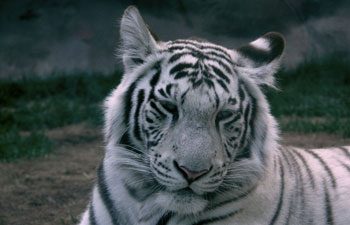
6. Tiger
Anyone that’s seen a large-scale Las Vegas magic show has probably seen a tiger sitting on stage, staring calmly at the crowd. “How did they manage to tame that beast?” we ask ourselves. Well, if you remember what happened to Roy-of Siegfried and Roy-following an attack by the white tiger Montecore, you know the answer: they didn’t tame it at all.
Tigers are not only large, predatory, and highly aggressive animals, they also don’t come from a social hierarchy that’s likely to recognize a human being as master. Many North Americans adopt these animals as cute cuddly cubs with a mind to keep them as pets; however, these poor people soon learn that tigers are anything but. Large cat sanctuaries are forced to remove a great number of these animals every year when they start to grow and their ferocious instincts start to take over. Even animals that are raised with humans and kept in adequate enclosures will rarely tolerate human contact after the age of two, and sometimes attack handlers they’ve known for years.
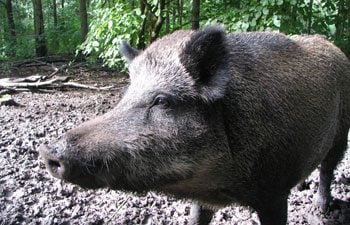
7. Wild Boar
There’s so much you can do with a wild boar. Their bristles are used in high quality paint brushes. Their meat is lean, delicious, and some of the most expensive in the world. So it would only make sense that people would want to domesticate these animals.
Unfortunately, boar are incredibly ferocious for their size. In the wild only the bravest of predators will take one of these animals on. A single boar has been known to kill a tiger. When surprised, a female boar is deadly.
While where are a few “farms” that have found the risks involved in keeping these animals worth the payoff, the boar’s bad qualities combine to make it unsuitable for true domestication.
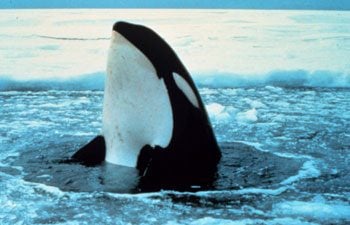
8. Killer Whale
When an animal has the word “killer” in its name, you wonder why anyone would try to tame it. Mostly because people love to watch these large beasts do tricks at places like Sea World.
Don’t let the number of killer whales you’ve seen in commercials fool you; humans have had a very low success rate in our effort to domesticate, and even to train, killer whales. Shamu, the first of the Sea World orcas, proved this when she attacked a trainer who was trying to ride her, resulting in her own early retirement.
In addition to their massive size, nasty disposition, and significantly decreased life expectancy in captivity, orcas almost never breed successfully when enclosed. This is one of the worst candidates for domestication available.
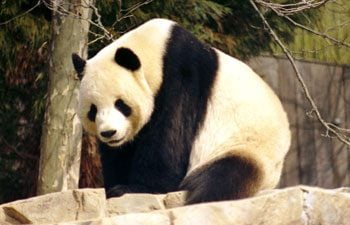
9. Panda
Pandas aren’t known for the medicinal value of their bodies. They aren’t cherished for their abilities to aid mankind. And as anyone who’s watched the 24-hour streaming Panda-Cam at the San Diego Zoo knows, they aren’t even very interesting to watch. They are, however, very potent diplomatic tools. China sent a breeding pair of pandas to Taiwan in 2008 to heal wounds after some particular icy exchanges between the two nations. The two animals were subsequently named “Reunion.”
With political sway like this, you’d think every enterprising entrepreneur would be setting up a panda farm. Too bad pandas are some of the hardest animals to breed in captivity-there’s a media sensation every time a cub is born. Pandas also require a huge habitat and lots of bamboo, which is the only food they eat. If pandas are kept too closely together they tend to pass along diseases very easily.
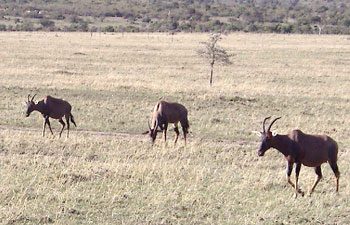
10. Antelope
This graceful animal spends a lot of the day peacefully grazing on the African plains, but the slightest hint of danger causes antelope to flee at an incredible speed. This, in a nutshell, is what makes the antelope a failed candidate for domestication. Not only are the males aggressive and territorial toward each other, but all antelope have an extremely honed flight instinct. With so many dangerous predators in their natural habitat, it’s hard to blame them.
People in Africa and the Ukraine have been trying to domesticate antelope for years to take advantage of their quality meat and nutritious milk, but these lithe beauties just keep running away.